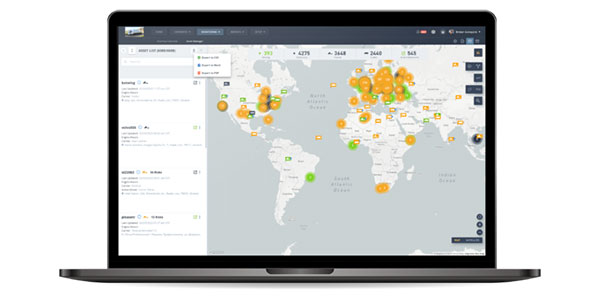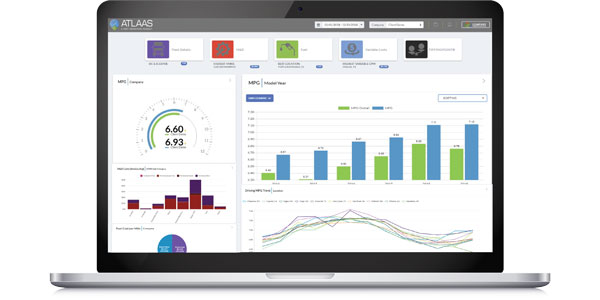Walking around the shop is a quick way to know what is going on. You could read a report, but I’m not sure I agree that’s the best way to gather information. By the time the cost of problems or neglect hits the reports, it is too late. You need report data, but reports alone may not be the answer.
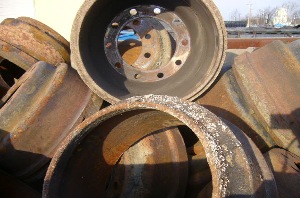
There are some basic ways to understand what is going on in your shop(s), especially if you or your supervisors have night and weekend staffs working when you are not there. Here are some ways to check things out:
Trash cans: Tour your shop and look in all of the trash cans. Look for things like valve cores, flaps cut too short, expensive fittings still remaining in the foot valve (or maybe where the technicians cut the plastic lines in lieu of removing them), and you may see more air filters than you would like to see—knowing that you are supposed to be changing them by restriction. You may find out that some of your employees may be using their own style of replacement program.
Steel dumpster/pile: Tour the yard and look in the steel dumpster. Climb (safely) up the side of the can to see what has been discarded. Look for drums, old shoes, valve cores, alternators, bent flap brackets, caged brake chambers—check to see if these were really ready for the dumpster. Look at any fuel tank steps that had been freshly damaged. Try removing some of the brake drums and measuring them—you may find out that the technicians are removing them too early or too late. You may see some drums cracked and way beyond reasonable life—the reason they cracked. You may see a drum, or what’s left of it. Maybe you recently asked for a reduction in inventory and suggested a return of slow-moving parts to vendors. Maybe you are now seeing where they are and have discovered early removal is the problem. What if you discover broken springs? It may be okay, but if they are broken between the U-bolt areas, there was an opportunity to reduce cost by ensuring a re-torque during PM—perhaps this becomes an addition your PM program. If you find a set of king pins and brake camshafts that are dry, with no grease, what does that tell you? That some basic training (re-training) is needed. 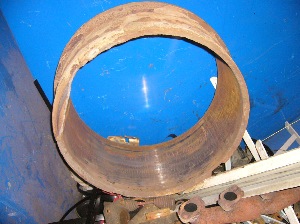
Benches: Check out those shop benches. You may find half-full cans of some spray, tools strewn on the bench or maybe an expensive battery electronic load tester that the tech on the other side of the shop that has been looking for for 20 minutes (at $1 a minute). This type of disorganization has a direct impact on your monthly profit and loss (P&L), and it needs to be corrected.
Shop corners: Look around. You may find cores, grease guns, shoe cores, broken tools, old drop light cords, creepers with three wheels and a radio that is broken. Perhaps there is junk placed on the ledges of the shop walls. These are a clear indication that technicians need to get organized. It’s time to clean up the mess, and put usable items where they can be used again; throw the rest away.
Changing room/locker area: The last thing you want in this area is unused clothing, like 22 pairs of boots when you only have 12 technicians. Get rid of the extras, and that includes inappropriate material dangling from the walls or from the lockers. Environment can determine attitudes. Make sure this area is clean and orderly.
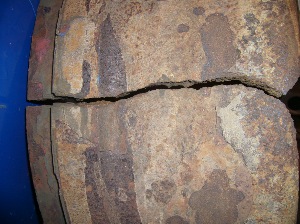
Bathroom: The last thing you want to see here is no supplies, a dirty floor, cloth towels draped to the floor and limited dispensers for hand cleaners. Clean up everything, including dirty mirrors and walls. Fix dripping faucets and make sure there is hot water.
Lunch room/area: I’ve been to shops where there are dirty picnic tables for lunch and breaks with what I suspect is a level of bacteria that could develop E. coli. There were ash trays in a no smoking building and a coffee maker and refrigerator that looked as if they were breeding pets. A mess like this could negatively affect the health—and probably attitudes—of your employees. Clean it up and encourage everyone to take responsibility for keeping it clean.
Yard: Tour the yard, with a discerning look at the equipment. Take an employee with you since this is a good chance to do some training on the fly based on what you see or what your stomach tells you is going on. Examine equipment and check PM status—make notes and make necessary changes.
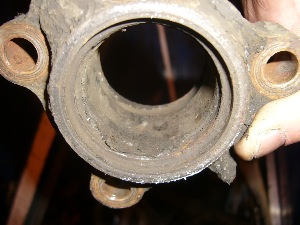
Parts room: My guess is you’ll find plenty of “stuff” to give you an insight into waste since 50% of the cost typically goes through this department. What you want to look for is overstuffed bins, dirty or too many air filters, brass parts galore, too many types of silicone, the wrong rollup door lube—or a one-of-a-kind replacement part when a pair is always need. There should not be brake shoes without drums, nor should there be three different brands of seals under three different part numbers.
All of this seems basic, and it is. The neglect cited here is undoubtedly unintentional and probably just a sign of a busy shop and busy people, but as a fleet manager you have an opportunity to learn about shop practices and procedures—to make changes that benefit your employees, employer and the bottom line. Get out there and walk around—use what you see to improve productivity, profit and shop environments.
For more information, visit www.darrystuart.com or e-mail comments or question requests to Darry at: [email protected].











